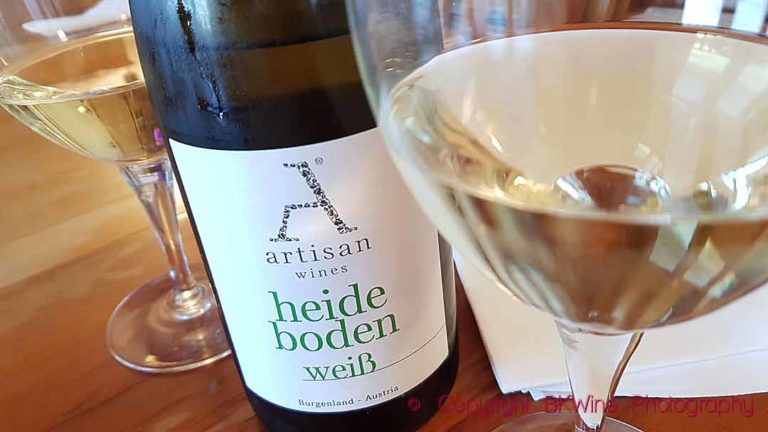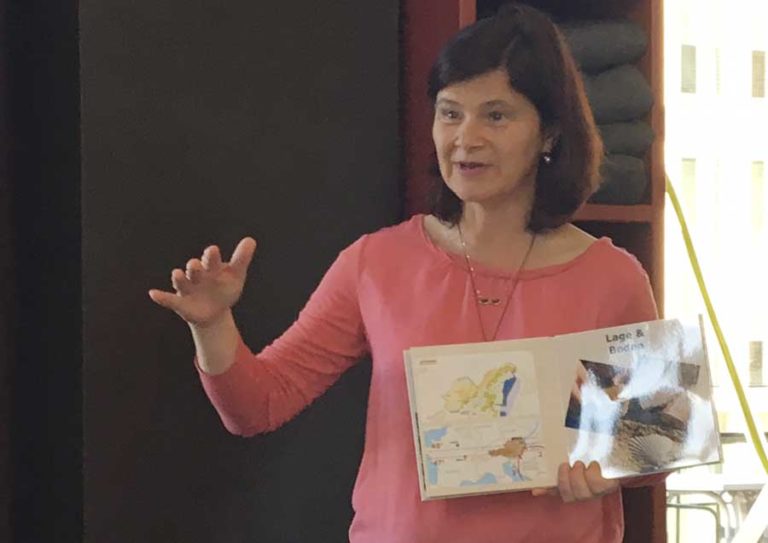The Umathum family has been grape grower and farmer for many generations in Burgenland in eastern Austria. Joseph Umathum has been at the helm of the company since 1985. Since the early 90s Umathum is recognized as one of the top wine producers in Austria. The vineyards are situated on the eastern, northern and western side of the Neusiedler See lake, which means that there are several different soil types and climate conditions. When Joseph came to Sweden he met with BKWine’s Peter Dybeck for a tasting of a selection of their wines.
Joseph gives a both easy-going and competent impression. They work diligently and with a long term view in their vineyards, mainly after biodynamic principles. But they also work with different clones, develop their own each year, and with experimental plantations. For their barrels, he chooses the best oaks together with forest farmers and experienced coopers. The oak is left to dry slowly outdoors for five to seven years and is then cut and made into large barrels (500-2500 litres). Joseph seeks a combination of freshness and power in the wines, so the oak should not take up too much space. He succeeds well.
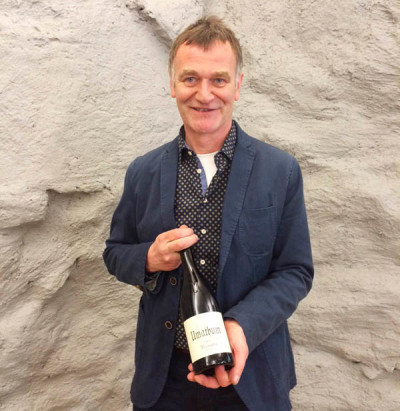
We begin with the white Königlicher Tafelwein MMXI, made from the harslevelu grape which normally is not allowed in Austria. Hence the term “table wine” on the bottle and the vintage indicated with Roman numerals. This is an interesting wine with bright fruit, peach, honey and a quite distinct mineral tone. Good and interesting, typical food wine according to Joseph. Pleasant level of about 12% of alcohol. Not easy to sell, apparently… Only 1000 bottles are made each year.
Then comes two vintages of Pinot Gris, a grape grown in this region for a very long time. The 2013 was fruity (peach and cool stone fruit) with a bit of salty minerals and stylish smokiness. 2012 is more developed and more concentrated. Growing considerably in the glass with a richer mouthfeel, flint and ending with fine mushroom cream. I’d be happy to drink both again, even if Pinot Gris is rarely found on my table.
An interesting interlude is 2014 Rosa, made from early drained juice (saignée) in the red wine production. It is very pleasant with nice balance of red berries and the experience of the “real” wine.
Joseph works consistently with quality ambitions, he tried glass stopper in 2003 and quickly became convinced that it gives a better wine than the traditional cork. Since 2006 all the wines are sealed with glass stopper. He talks in detail on different parts of the work in the vineyards. One example is the several ways they have to make sure to have a living soil for the vines: composts of several kinds (e.g. biodynamic), and also small sheep and rabbits!
We get two editions of Zweigelt “Classik” in the glasses: 2013, to begin with, is clearly reductive and somewhat difficult to try while the 2012 is nicely spicy with good fruit concentration, balance and length. A little granite minerals reminiscent of the Northern Rhone or a Beaujolais cru.
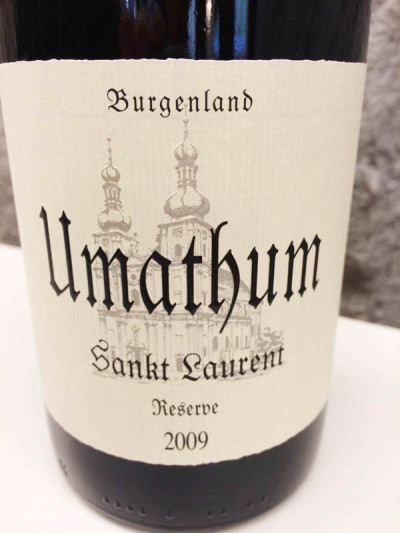
2012 St. Laurent is a little lighter wine, delicious and with nice balance. In the next glass we have 2009 St. Laurent Reserve, which is made with a selection of grapes from the best parts of the estate. It also gets a bit more time in large barrels. It is really good, like a hypothetical blend of better Pinot Noir (Burgundy premier cru perhaps) and an elegant classic bordeaux. One of my favourite wines to drink today in this tasting.
Joseph also talks about how he works on developing new clones, experimental plantings (neither Syrah or Merlot worked fine) and a lot of biodynamics and about energies between the earth and the cosmos… Here I am a bit sceptical, but I go back to the principle that if what is in the glass tastes good, it’s good.
2012 Pinot Noir Unter den Terrassen is grown on limestone on the west side of the lake. European style with oriental spices and velvety tannins. Maybe a little high in alcohol? It needs time, ideally first laying down in the bottle and then in the glass.
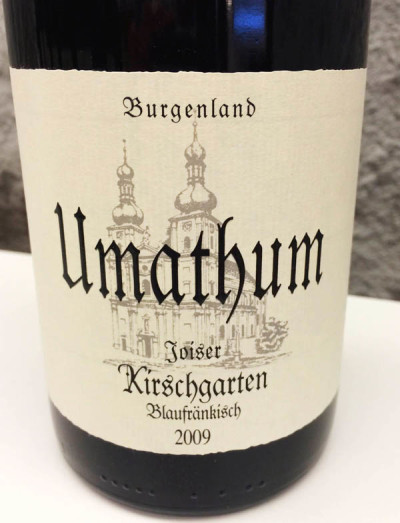
Finally, three red top wines:
2011 Ried Hallebühl Zweigelt, the estates finest wine from Zweigelt, where Joseph wants to show that it is possible to make a truly great wine from this grape. Its own vineyard, careful selection, using a little stems and 60% of new oak is the recipe. The result is convincing, a very finely balanced wine with great intensity and good length. No hard edges today, polished and yet with its own expression. Very good today and with a bright future ahead.
Kirschgarten is a very old (800 years!) terraced vineyard which Joseph calls “Grand Cru”. He bought it and replanted it in 2000-2001, with Blaufränkisch.
2011 is the first wine, quite closed, but it opens up after 20-30 minutes in the glass (and a little aerating with different glasses) to a dark fruit with dense and fine texture, very good length and intensity, clearly a “grand cru”. Great potential! The 2009 is quite similar, but a little redder and sweeter fruit and slightly more developed, not quite as dense as the 2011.
All three of these red wines are undoubtedly of very good quality. I also feel that when Joseph explains all about the grapes, the cultivation, the sites and the wines, the wines’ identities and origins become unusually clear.
The tasting was organized by Johan Lidby Vinhandel, Joseph Umathum’s Swedish importer.
Peter Dybeck is an “amateur” wine lover who writes about tastings on BKWine Magazine and on his own wine blog Vintresserad.


